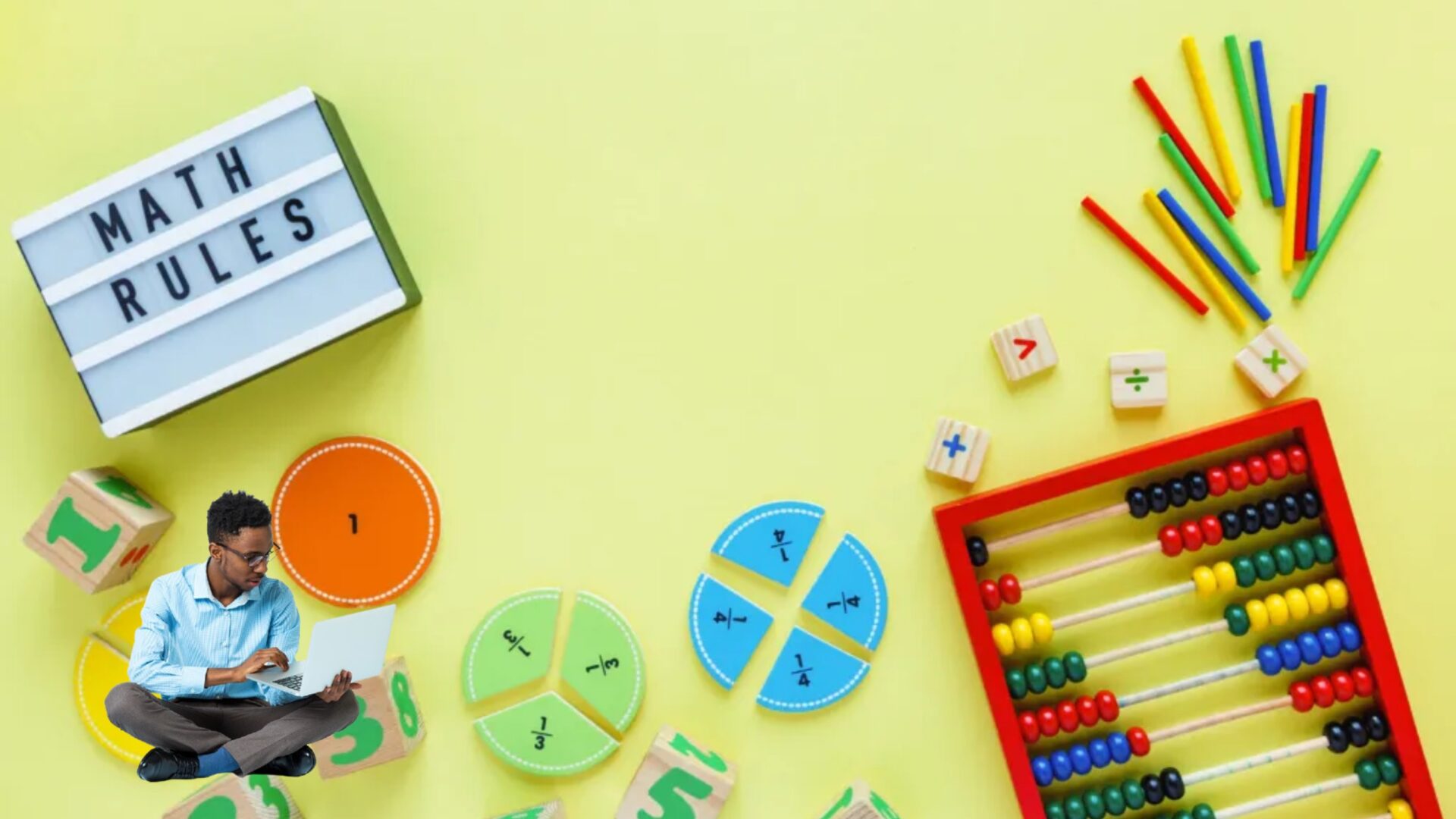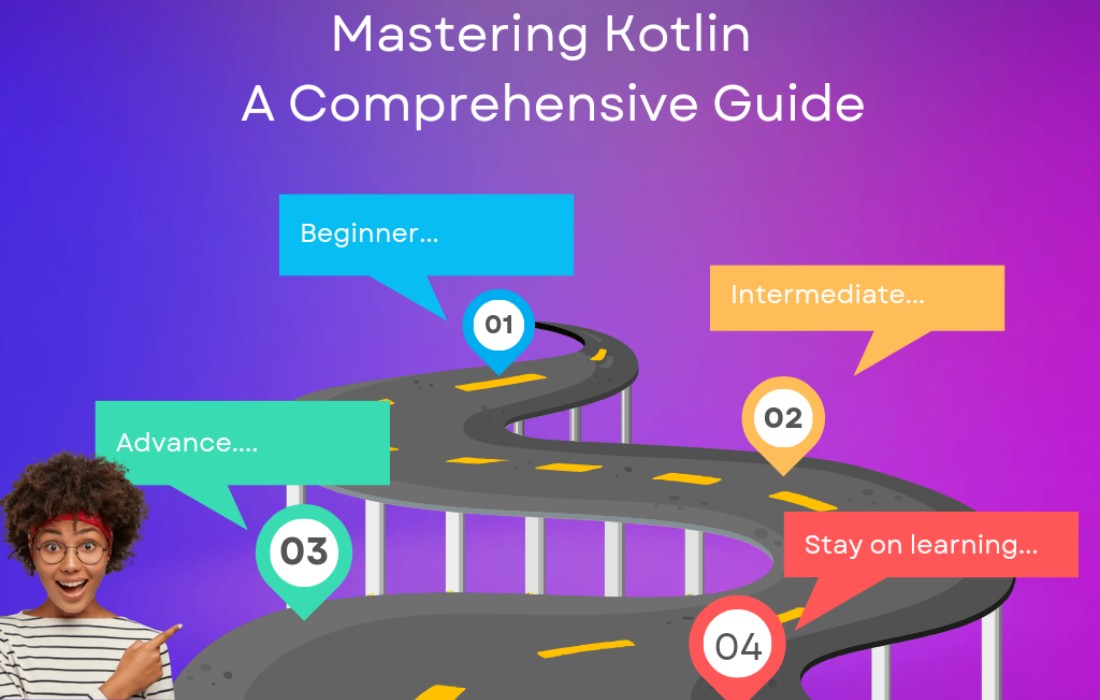Introduction
If you’re new to Kotlin, one of the best ways to dive into the language is by running a basic “Hello, World!” program. In this blog, we’ll explore how to do that using the Klassbook environment and how you can run this code in your favorite IDE such as Android Studio or IntelliJ IDEA. Along the way, we’ll break down the components of a simple Kotlin program and explain how each piece works.
Starting Simple: A Basic “Hello, World!” Statement
Let’s begin with the simplest way to write a Kotlin program. Below is a one-liner:
This statement prints the string “hello, world!” to the output. It’s the most basic Kotlin statement that introduces you to how Kotlin handles functions and outputs.
Wrapping the Statement in a Function
While it’s nice to write a single statement, a real program requires a bit more structure. In Kotlin, the entry point to your application is the main() function. Here’s how you can wrap your println() statement in a function:
In this example, the main() function serves as the starting point, similar to how Java uses a main() method. When you run this code, it prints “hello, world!” to the standard output.
Wrapping It in a Class
Kotlin is a class-based language, so it’s also common to see code inside classes. Here’s an example of wrapping our println() statement in a class:
In this version, we define a HelloWorld class with a speak() method. Then, in the main() function, we create an instance of HelloWorld and call the speak() method. The output remains the same: “hello, world!”.
Breaking Down the Code
Let’s look more closely at each piece of this code:
- println(“hello, world!”): This is a Kotlin function that prints the string to the console. In different environments, it might print to different places:
- In a REPL (Read-Eval-Print Loop), it prints where the REPL displays results.
- In Android, it prints to Logcat.
- In command-line programs, it prints to the terminal.
- main() function: Just like Java’s static
main()method, themain()function in Kotlin is the entry point for running a Kotlin program. - Kotlin Classes: In the class-based version, we defined a class called
HelloWorldand a methodspeak(). This mimics object-oriented programming concepts found in languages like Java, Ruby, and Python. - Creating an Object: Instead of using the
newkeyword (as you would in Java), Kotlin allows you to instantiate a class by calling its constructor directly, like this:HelloWorld().
Exploring Kotlin’s Syntax
One of the main features of Kotlin is its concise syntax. Unlike Java, Kotlin doesn’t require a lot of boilerplate code. For example, you don’t need to declare types in every variable (thanks to Kotlin’s type inference). You also don’t need to use new to instantiate a class.
In the main() function, you can see how we passed arguments. For example, fun main(args: Array<String>) is how Kotlin declares the main function that accepts arguments (just like Java’s public static void main(String[] args)).
Using the Klassbook
While learning Kotlin, a helpful resource is Klassbook, a learning platform that offers interactive lessons. Each page has code snippets that you can run directly in your browser. Here’s how you can use it:
- Editing and Running Snippets: Klassbook offers an “Edit” button that allows you to make changes to the code and then run it to see the output immediately.
- Scratch Pad: Klassbook also provides a “Scratch Pad” for experimenting with Kotlin code. You can make changes without worrying about messing up the lesson flow.
- Error Handling: If there’s a syntax error in your code, Klassbook provides instant feedback below the editor with error messages in red. This helps you fix mistakes quickly.
Running Kotlin in Your IDE
You don’t have to rely solely on Klassbook. You can also run Kotlin code in your preferred IDE, such as Android Studio or IntelliJ IDEA. Both IDEs have Kotlin REPLs where you can paste Kotlin snippets and run them.
In Android Studio, you can use the Kotlin REPL by navigating to Tools > Kotlin > Kotlin REPL. If you’re copying code from Klassbook, remember that you may need to call main() manually in the REPL since it’s not automatically invoked.
Output Formatting in the IDE
When working with multi-line output, IDE-based REPLs like Android Studio might not handle the output as neatly as the Klassbook. For example, they may combine all the lines into one, which isn’t ideal for reading longer outputs.
Conclusion
Kotlin offers a sleek and concise syntax for both beginners and experienced developers alike. By starting with simple code examples like “Hello, World!”, you can get comfortable with Kotlin’s syntax and how it handles basic tasks like outputting to the console. Whether you use Klassbook or your own IDE, Kotlin offers many tools and resources to help you learn and practice the language.
Further Learning
As you continue to explore Kotlin, make sure to check out additional lessons on topics such as:
- Functions and parameters
- Classes and object-oriented programming
- More advanced Kotlin syntax and features
Happy coding!
Note: This blog was inspired by lessons from Klassbook and various tutorials for Kotlin beginners.












